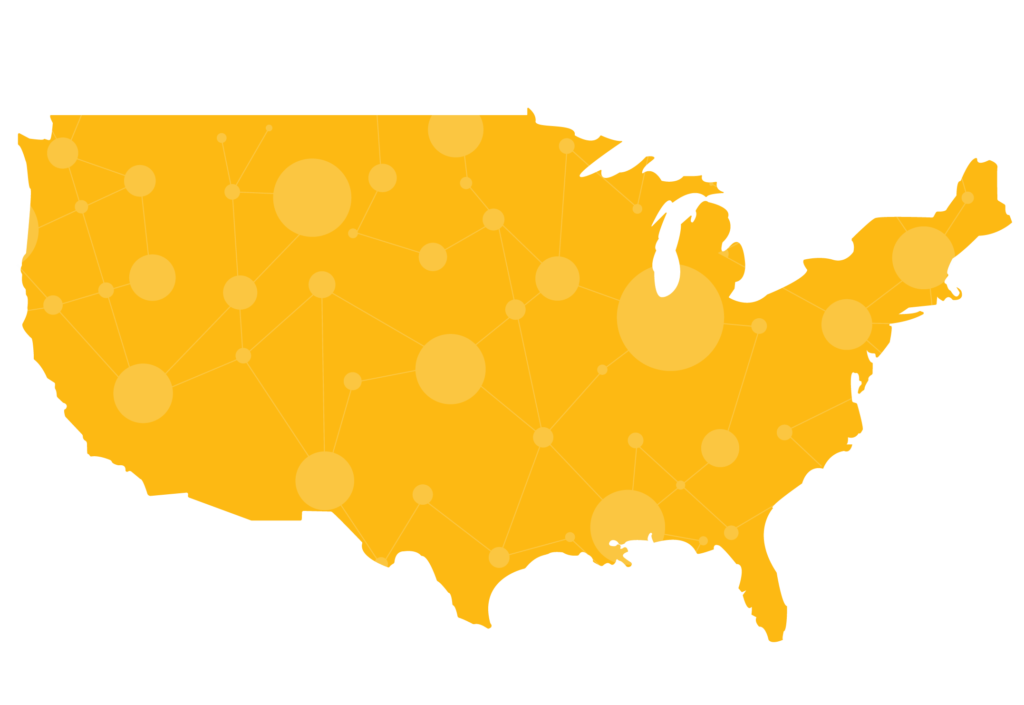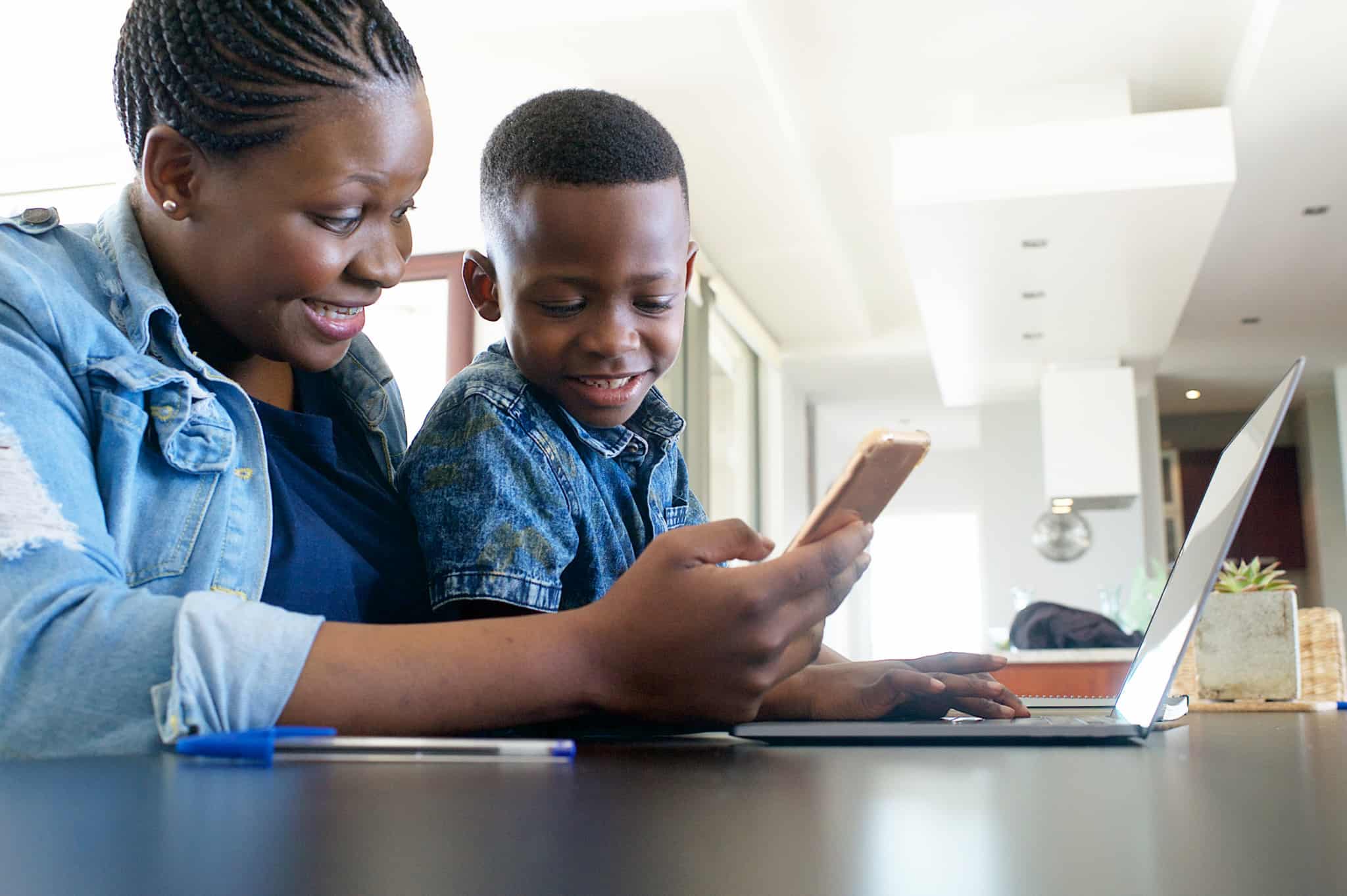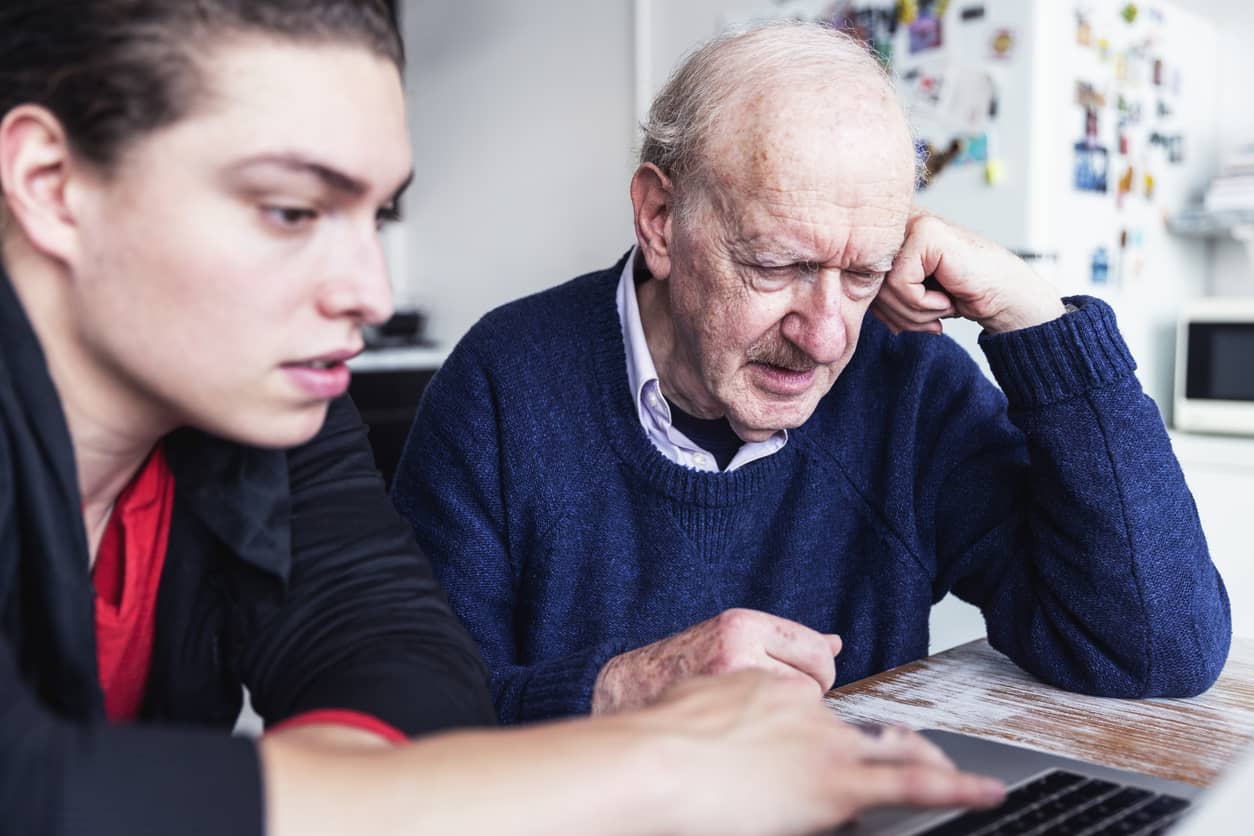Two-Thirds Can't Afford an Available Connection
0%
OF THE 28M UNCONNECTED U.S. HOUSEHOLDS
17M
Unconnected households have access to Internet service but cannot afford to connect.
47M
People with available broadband infrastructure that cannot afford to connect.





